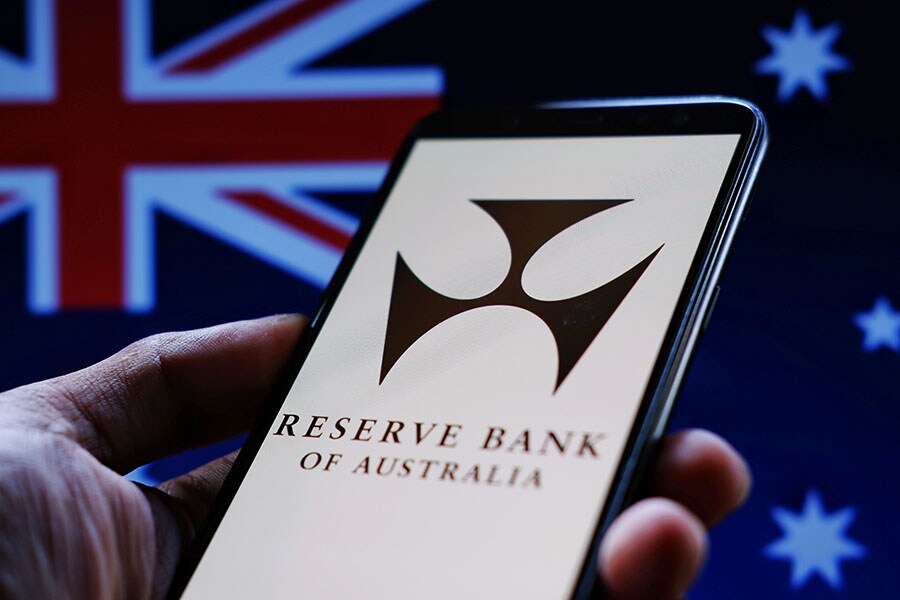Central Bank of Australia Concludes CBDC Pilot
The Reserve Bank of Australia's CBDC pilot uncovers the potential for "smarter" payments and asset tokenisation in digital currency advancements.


 Image: Shutterstock
Image: Shutterstock
In a recent advancement, the Reserve Bank of Australia (RBA) has successfully concluded its pilot program for a central bank digital currency (CBDC), shedding light on several key areas where the introduction of a CBDC could lead to significant improvements within the financial landscape.
The collaborative effort between the RBA and the Digital Finance Cooperative Research Centre culminated in a comprehensive report released on August 23. The findings of the CBDC pilot underscored the potential benefits of utilising a CBDC to facilitate intricate payment arrangements and enable the tokenisation of various assets.
Notably, the pilot program highlighted the capacity of a tokenised CBDC to facilitate "smarter" payment solutions, accommodating complex payment structures that existing systems might struggle to support effectively. Furthermore, the report emphasised the CBDC"s potential to drive financial innovation within markets for debt securities, foster advancements within emerging private digital currency sectors, and contribute to enhanced resilience and inclusivity in the broader digital economy.
One of the pilot"s standout revelations was identifying specific areas where a CBDC could bring substantial advantages, including certain payment applications and asset tokenisation. The concept of "atomic settlements" involving instant and simultaneous transaction settlements emerged as a promising aspect. Additionally, the report delved into the potential for programmability to enhance operational efficiency and mitigate risks in complex business processes.
Despite the favourable outcomes, the report acknowledged that while a CBDC presents potential benefits, many of these advantages could also be attained through alternative means, such as privately issued tokenised bank deposits or stablecoins backed by tangible assets.
In light of these insights, the report emphasised the need for further in-depth research to comprehensively understand the potential advantages of integrating a CBDC. It highlighted that while a CBDC might enhance efficiency and resilience in Australia"s payment ecosystem, exploring alternative avenues to achieve the desired economic outcomes is imperative.
Shashank is the founder of yMedia. He ventured into crypto in 2013 and is an ETH maximalist. Twitter: @bhardwajshash
First Published: Aug 24, 2023, 23:36
Subscribe Now